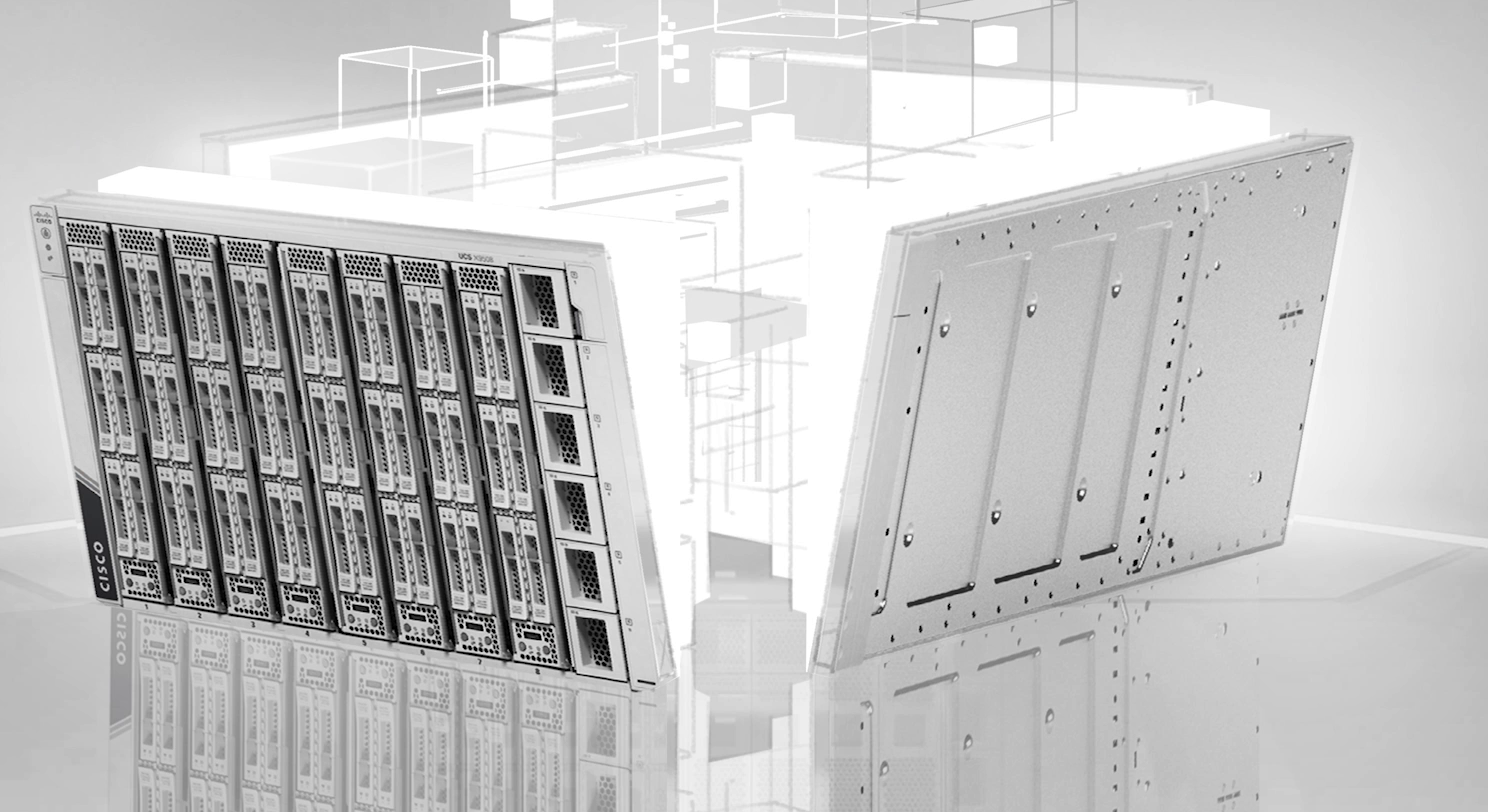- The 13 best early Prime Day 2025 deals under $25
- Are Amazon Basics tools any good? I bought a bunch to find out, and you'd be surprised
- VMware Product Release Tracker (vTracker)
- Cisco Live 2025: Collaboration Reimagined for the Agentic AI Era
- How Reddit's new AI ad tools help brands join the conversation
Expanding workloads for UCS X-Series with UCS X-Fabric Technology

Last October, I wrote a blog introducing Cisco UCS X-Fabric Technology. Last month we started paying off the promise with our first products. We describe X-Series as having the density and efficiency of blade servers with the expandability of rack servers. First, we increased the amount of storage – going from two drives on a B-Series to six drives on a X-Series. Now we are adding GPUs to X-Series that were previously only available in rack servers.
How does it work?
The VIC (Virtual Interface Card) on the server node connects to the UCS X9416 X-Fabric Module. The X-Fabric Module connects to the UCS X440p PCIe node with the GPUs. This elegant, easily upgradable, cable-free solution is only possible on a mid-plane, free chassis design like UCS X-Series.
Cisco UCS X9416 X-Fabric Module
The first UCS X-Fabric Technology module is PCIe Gen 4 expansion for the UCS X210c M6 Compute Node. The two X9416 X-Fabric Modules expand the PCIe bus from the server to the UCS X440p PCIe Node. No cables, no fuss, no muss.
Cisco UCS X440p PCIe Node
More and more applications can benefit from accelerators like GPUs. Ranging from AI/ML to the stalwart VDI, adding one or more GPUs to a server can greatly improve the user experience and application performance.
The Cisco UCS X440p PCIe Node allows you to add up to four GPUs to a Cisco UCS X210c Compute Node in conjunction with the UCS X9416 X-Fabric Module.
Different workloads require different types of GPUs. Cisco initially supports:
- Up to two Nvidia A100 Tensor Core GPUs
- Up to two Nvidia A16 GPUs
- Up to two Nvidia A40 GPUs
- Up to four Nvidia T4 Tensor Core GPUs
The modular design of UCS X-Series allows you to decouple the CPU / GPU refresh cycles. GPU suppliers like Nvidia, AMD, and Intel release their products at a different cadence than CPUs. If your application performance is sensitive to GPU performance, being able to simply slide in an UCS X440p PCIe node with the latest GPUs allows you extend the investment of all the other solution components (chassis, servers, IFMs, & PSUs) providing a better overall TCO.
Cisco Intersight
Management has always been a UCS superpower. Being able to manage every component for X-Series in a single app is paramount. From inventory to firmware updates, you manage all the UCS X-Fabric Technology components with the same process you manage the server and Intelligent Fabric Modules.
Run any app
Your requirements for modern, accelerated workloads shouldn’t dictate your server form factor. They should seamlessly integrate into a system that also runs all your traditional applications from core infrastructure, to database, to VSI. A single system, managed from the cloud, spanning all your workloads not only simplifies your environment, but will allow you to focus on business needs, not figuring out what unique hardware is needed for a specific application.
What’s next?
In the next two weeks I’ll cover the 5th Gen Fabric and GPUs on the X210c M6 node itself.
Resources
Explore all of the UCS X-Series blogs
Share:


